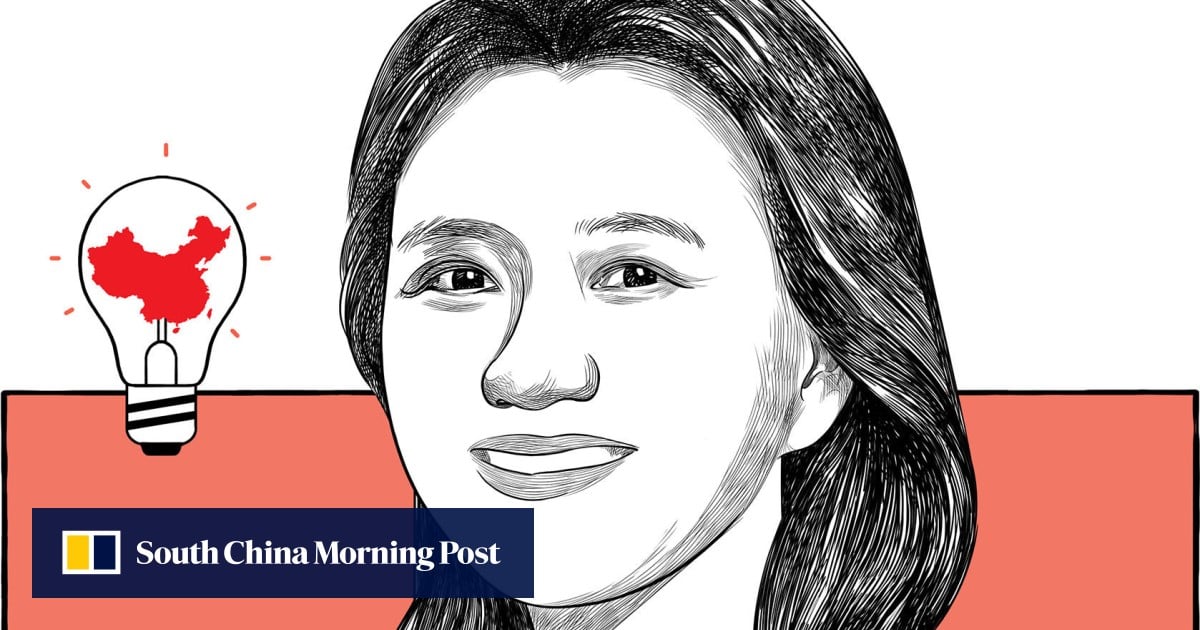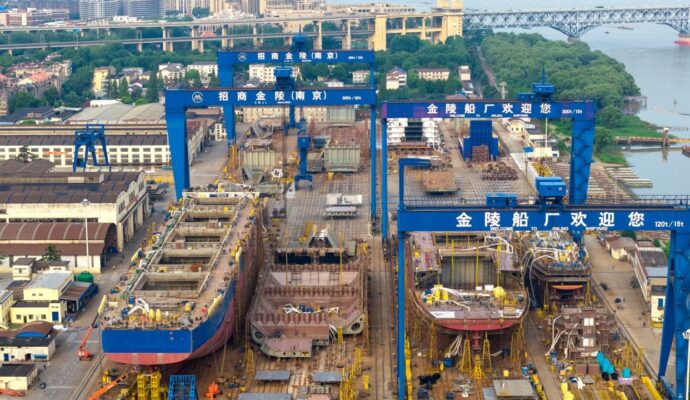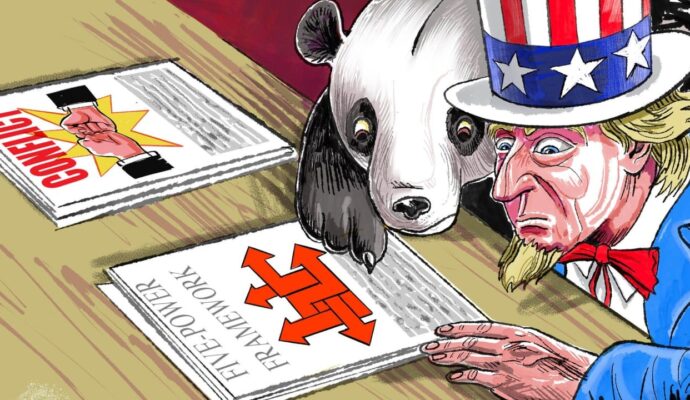
Liu Qian is the founder of Wusawa Advisory and formerly the managing director of The Economist Group in Greater China. She is also a prominent advocate for gender equality, and the only Chinese representative in the core working group of the UN Women Leaders Network. In this interview, she discusses how Chinese innovation differs from Western innovation, where the US-China rivalry is headed and the critical role of women’s voices in policymaking.
Advertisement
In recent months, much of the discourse around China’s economy has centred on its external challenges, particularly on how US tariffs might impact Chinese exports. Is the rise in global trade protectionism a significant cause for concern, or is this an overemphasised aspect of China’s economic reality?
To start, it’s important to first note that the current US-China rivalry extends beyond trade and has expanded into areas such as technology, ideologies and global collaboration. If this unhealthy competition continues, it will hurt not only both countries but also the world.
That said, in terms of trade and economics, the concern has been exaggerated. At the peak of exports’ importance to the Chinese economy, they comprised around 36 per cent of China’s GDP. Today, they make up only about half of that, after accounting for roughly 19 per cent of China’s GDP last year. And within that 19 per cent, exports to the US made up only 14.7 per cent of the total, behind the Association of Southeast Asian Nations (Asean) and the European Union.
Advertisement
If you do the maths, that means exports to the US made up around 2.8 per cent of China’s GDP. So, even if the tariff war were to wipe out the entire US export market, it would only impact about 2 to 3 per cent of China’s economy.
China’s largest export destination is now Asean. Even though part of the exports to Asean might eventually go to the US – let’s say, hypothetically, half of the 16 per cent that goes to Asean – it would still represent only a small proportion of China’s GDP.


